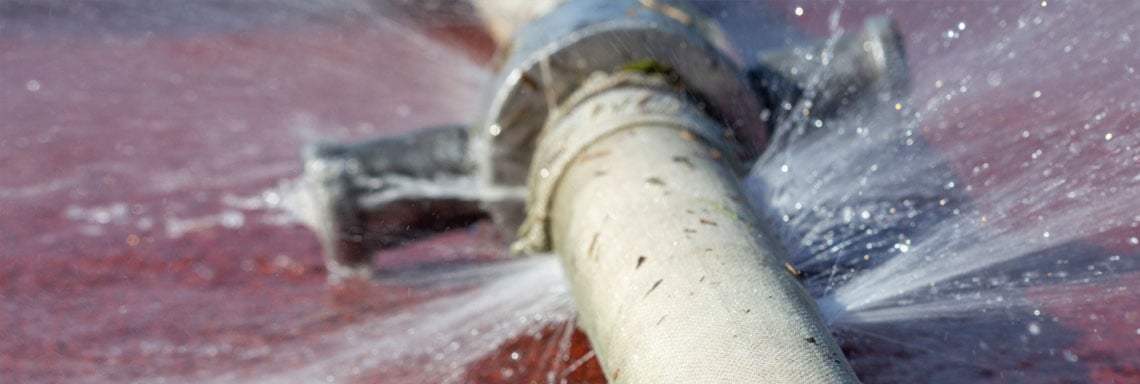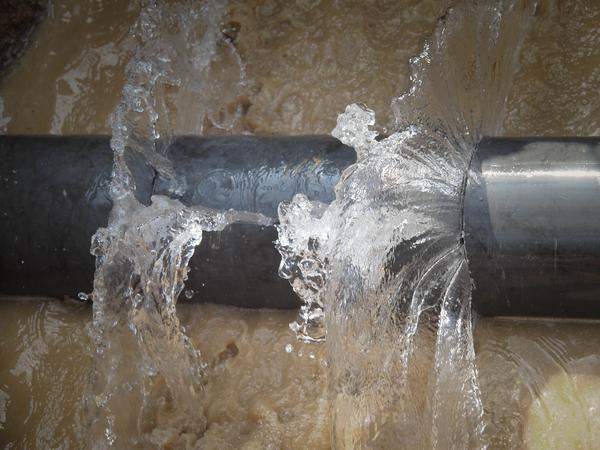Quick-Response Plumbing: Tips for Identifying and Repairing Burst Pipes
Quick-Response Plumbing: Tips for Identifying and Repairing Burst Pipes
Blog Article
Nearly everybody is bound to have their private conception when it comes to How to Prepare for Your Dishwasher Installation.

A ruptured pipe is a significant emergency; you can just stand as you view water you pay a lot to reunite with the earth. In even worse cases, you notice a pool on your cooking area floor, which is an excellent journey risk, specifically if you have kids around. If the pipeline that ruptured remained in your walls, problem: you might require to repaint that entire area.
Just how can a calamity like a burst pipeline be prevented and managed? Well, by listening to your expert emergency plumbers as well as adhering to these regulations.
How do I understand when my pipelines have ruptured?
Fluctuating water pressures
Pipelines do not simply burst in a day. You might have noticed that your kitchen area tap or shower does not run quickly when you transform the tap. It may pause for a few seconds and after that blast you with even more pressure than normal.
In various other circumstances, the water might seem normal at first, then decrease in stress after a couple of secs.
Infected water
Many people assume a ruptured pipe is a one-way outlet. Rather the contrary. As water drains of the hole or wound in your plumbing system, contaminants find their way in.
Your water might be infected from the resource, so if you can, examine if your water tank has any troubles. However, if your drinking water is supplied as well as cleansed by the local government, you need to call your plumber immediately if you see or smell anything funny in your water.
Puddles under pipelines and sinks
When a pipe bursts, the discharge forms a puddle. It may appear that the puddle is growing in size, and regardless of how many times you mop the puddle, in a few minutes, there's one more one waiting to be cleaned up. Typically, you might not have the ability to map the pool to any type of noticeable pipelines. This is an indication to call an expert plumber.
Wet walls and water stains
Prior to a pipe bursts, it will leakage, the majority of times. If this relentless dripping goes unnoticed, the leak might finish into a wide gash in your pipeline. One very easy way to prevent this emergency is to watch out for wet walls advertisement water spots. These water stains will certainly lead you right to the leakage.
Untraceable dripping noises
Pipe ruptureds can occur in the most undesirable areas, like within concrete, inside walls, or under sinks. When the house goes quiet, you might be able to listen to an aggravatingly consistent trickling noise. Also after you have actually examined your shower head and kitchen faucet, the leaking may continue.
Beloved visitor, the leaking may be coming from a pipe inside your walls. There isn't much you can do concerning that, other than tell an expert plumber.
Show up the Warmth
Set up fans to blow warm into chilly spaces. Keep the garage door shut. If you have actually lowered water circulation, heat the most at risk pipes (usually in cellars as well as crawl spaces or near outside wall surfaces) with a hair dryer. Leave the tap on while you apply heat. As you thaw ice, the flow will certainly boost. To prevent pipelines from freezing, insulate your wall surfaces.
Begin Getting Rid of the Water
Get hold of the mop, pails as well as a shop vacuum cleaner to start to do away with the water because you absolutely don't desire it soaking right into everything else in your home. Plus, a fast clean up will certainly reduce the opportunities of something getting musty.
What do I do when I find a ruptured pipe?
Your water meter will certainly continue to run also while your water wastes. To reduce your losses, locate the primary controls and also turn the supply off. The water pipe are an above-ground structure beside your home.
How to Fix & Detect a Leaking Pipe
How Do I Know if a Pipe is Leaking?
Leak detection tests can help you determine if your pipe has a leak. Even if you don’t see an apparent leak, you should still conduct leak detection tests regularly to save water and money—and prevent major damage to your home.
Water meter. It can be helpful to figure out what your usual water meter usage numbers are and then monitor them regularly. To monitor your meter, first, turn off all water faucets in your home. Check the meter and write down the numbers. In a few hours, check the meter again. If the numbers have changed, you have a leak. Water gauge. Use a water gauge to test your water pressure. Your showerhead should produce a certain amount of water pressure based on its model and design. If the pressure is lower than it is supposed to be for that specific showerhead, your home likely has a leak. Puddles. Look inside your bathroom, laundry, and kitchen sink cabinets. Puddles around the cabinets or around toilets, tubs, showers, and washing machines indicate the presence of a leaking pipe. You may also notice loose tiles, peeling or flaking paint, or mold caused by water accumulation. Napkin test. Even if you don’t see any puddles, you may still have a leak. You can test for water leaks in the bathroom, laundry, and kitchen by wiping below-sink connections with a napkin, paper towel, or piece of toilet paper. If it becomes damp, you probably have a leaking pipe under the sink. Discolored walls. Walls that are discolored—usually with brown or yellow stains—or bulging might mean that they have been impacted by water damage caused by a leaking pipe. Smell. A leaky pipe will create sitting water, and over time, that water may develop a musty smell. If your home smells musty, but you can’t locate the source, it may be due to a leak. Steps for Fixing a Leaking Pipe
A leaky drain can be remedied by tightening the pipe base, replacing the drain seal, caulking the rim, and tightening the pipe nut. Similarly, a leaking toilet pipe can be treated by tightening the packing nut. You may also need to replace the valve. A leaky faucet may just need tightening or replacement of the washers. If that doesn’t work, consider replacing your faucet. If your pipe has a hole in it, you may want to use a pipe leak sealer or pipe leak tape. This quick fix for water pipe leaks can also temporarily fix a copper pipe leak. https://www.ahs.com/home-matters/quick-tips/how-to-tell-if-pipes-are-leaking/

I'm certainly very intrigued by What to Know Before Installing a Dishwasher and I hope you enjoyed reading my blog post. Those who enjoyed our blog entry please remember to pass it around. Kudos for your time. Please come visit our blog back soon.
Phone
Report this page